When one thinks of Lord Pashupatinath, what immediately comes to mind is the magnificent temple in Kathmandu, Nepal, a UNESCO World Heritage site. I recall our darshan of Pashupatinath here, the sanctum sanctorum having 4 entrances and one can enter from either of these to worship the Linga. Stepping out into the courtyard, one can see goats, sheep and chicken roaming around and further into the open, on the banks of the Bagmati river, funeral pyres can be seen burning, as last rites are performed here.
Imagine my surprise, when I learnt that there is a Pashupatinath temple, in our own land too. In Madhya Pradesh. An opportunity presented itself, in the form of a marriage at Ujjain. We decided to utilise this chance and have darshan of the Indian Pashupatinath too. Of course, God is Universal, said my wife and I had to nod, sagely. The Pashupatinath temple is situated in Mandsaur, around 160 kilometers from Ujjain and around 200 kilometers from Indore, close to the Rajasthan border. The nearest airport is Udaipur.
Setting off by road by 9 AM, we stopped for a snack at Nagda bye-pass road, admiring the two statues there of Maharana Pratap and Rana Poonja, a Bhil warrior.
Mandsaur is known as the ‘opium capital’ of India, as the biggest sale of opium (regulated) happens here. Touching Mandsaur, a dusty district town, after 4 hours, we checked into Hotel Harshvilas Fort. A little out of town, it is a wedding venue with lawns and built like a fort, that has been recently converted into a full-fledged hotel. Dining is still not fully functional, with only breakfast and dinner being provided.
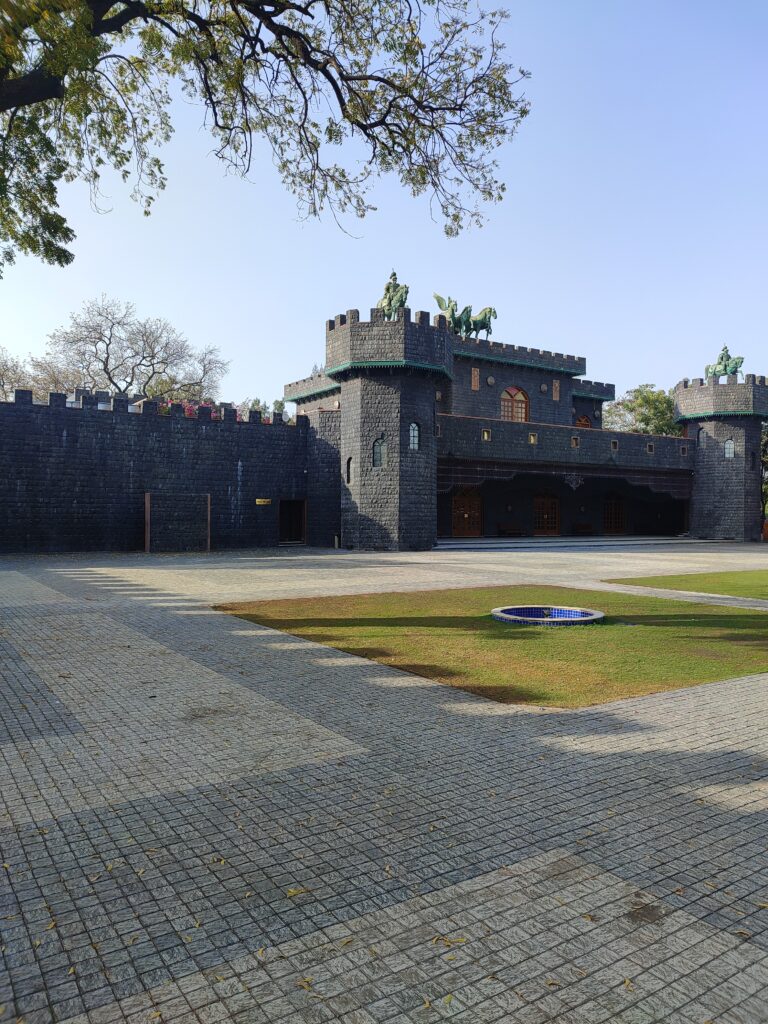
4 PM: Lunch finished, a short nap and we were all set to pray to Lord Pashupatinath. A drive of 15 minutes and, we were at the temple steps.
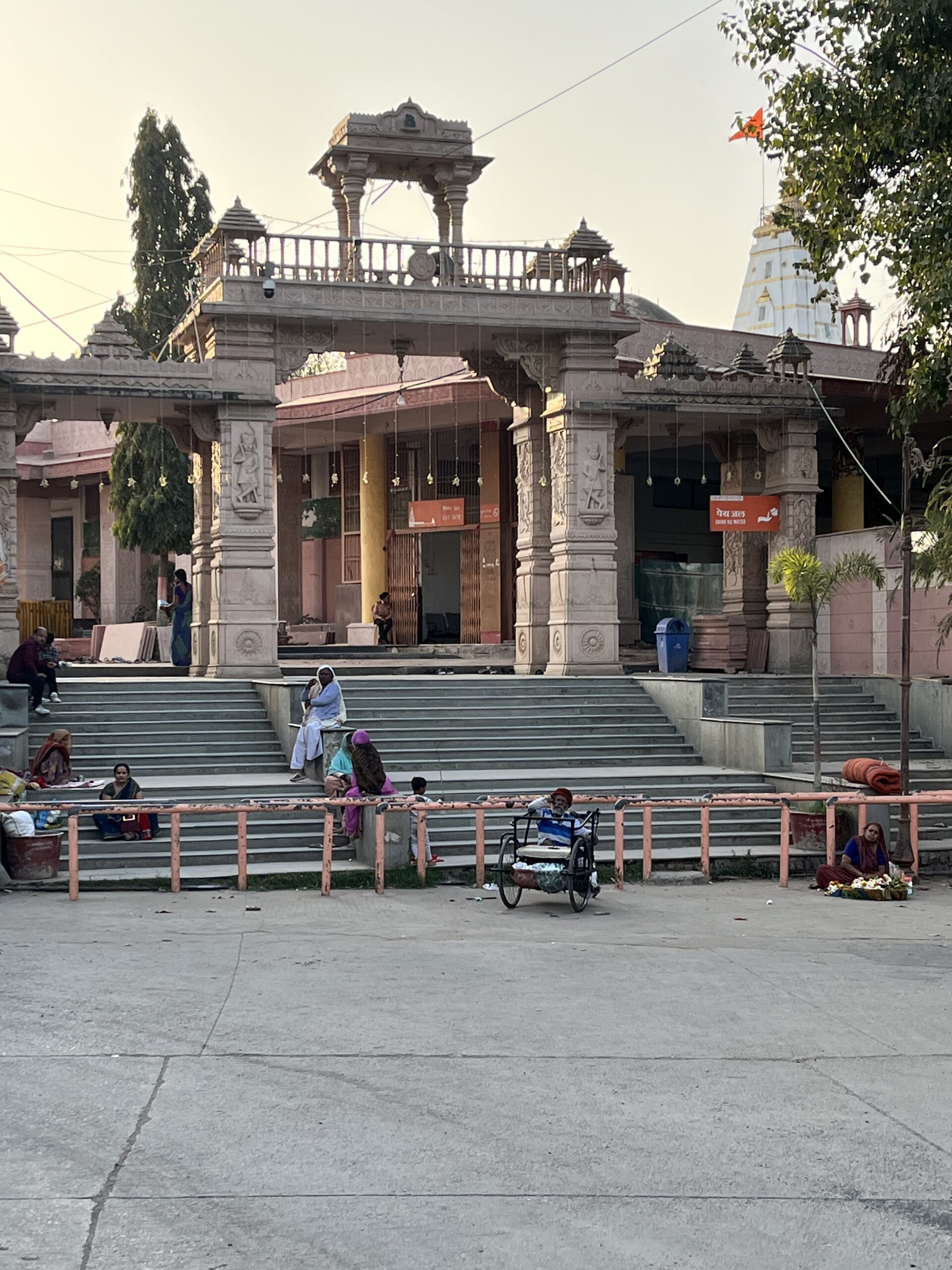
Passing the ubiquitous beggars and small flower vendors, we made our way up into the courtyard and caught sight of the temple tower or shikhara.
Not much of a crowd at that time. The refurbished temple is neat and clean and, as we climbed a few more steps, we could first lay eyes on the sanctum sanctorum with its 4 entrances. On one side, we could see the Shivna river and also feel the cool breeze emanating from it.
Although there are 4 entrances to enter the sanctum, only two were kept open at that time. One can catch a glimpse of the lingam, through a small gap in the partially closed third door, while the fourth entrance is blocked with a small rope. As we stepped inside, we were amazed at the lingam, its size, its eight faces and of course, its color, which is not the usual black but a dark shade of brown/copper. A sense of peace and contentment descends on you as you stand before the massive lingam. The priest was happy to explain to us, the legend behind the temple and its history.
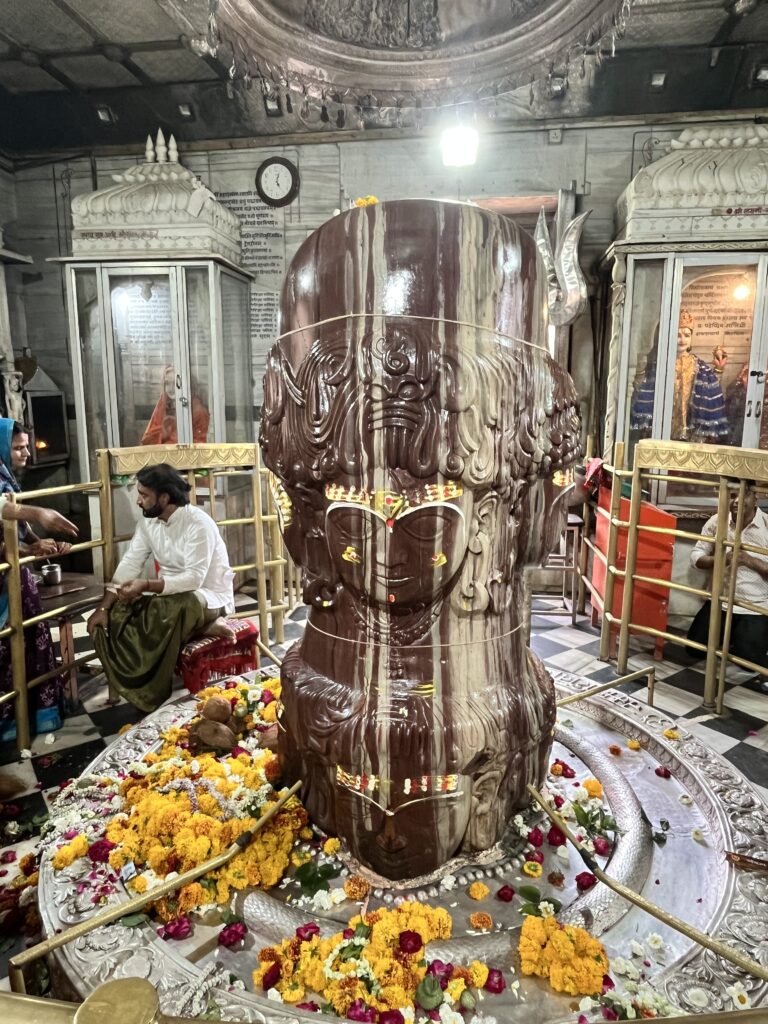
This is the only ‘Ashta-Mukha’ lingam in the world or one with 8 faces, he began. What about Pashupatinath at Kathmandu, I interjected. That is a ‘Pancha-Mukha’ lingam or one with 5 faces — mainly 4 and one imaginary one. ‘Look at the lingam closely’, said the priest. ‘It has 4 faces in the upper part and 4 below. Each of the face has a name — Sharva, Bhadra, Rudra, Ugra, Bhima, Pashupati, Mahadev and Ishaan. As we peered closely at the faces, we could not help admiring the different hair styles, facial hair and the types of ornaments worn. The priest elaborated that it reflects the various stages of human life, from child to old age. The lingam stands tall at 4.5 metres and is said to weigh 4.6 tons.
Though some people say, an ancient temple for Shiva stood at this place on the Shivna riverbank, historical corroboration is difficult. Legend has it that a washerman named Uda used to wash clothes on a stone in the river. One night, Lord Shiva appeared in his dream and mentioned that the stone he was using for washing, was in fact one of His incarnations. A frightened Uda, informed his friends and they tried to pull the stone out of the river. It was very heavy and with great effort, they pulled it up to a point, beyond which it could not be moved. The temple today, stands at this very site. Another version mentions that in the year 1940, when the river had very little water, the Ashta-Mukha lingam in its present form was found sticking out of the mud in the riverbed. It was pulled out, again with great difficulty and on the riverbank, it became an open place of worship for over 20 years. It was in 1961, that the ‘Pratishtha’ or ritualistic installation of the Shiva lingam was undertaken by Swamy Pratakshyanandaji Maharaj, and gradually the modern temple structure came to be built. He added that when Shivna river is in spate, the temple is closed to the public, but the river water touches the lingam, as though performing abhisheka. We took in all the information, thanked the priest, as the spiritual aura lingered as we stepped back into the courtyard.
There are a number of shops inside the temple compound, where we picked up small miniatures of this uncommon Ashta-mukha lingam as also prasad and moved back to our car, with our hearts full. A place certainly worth visiting, where one gets to see Shiva in a hitherto unseen form. Huge crowds come in, we were told during Maha Shivratri, Navratri and the 3-day Shri Pashupatinath Mahadev Fair during Kartik Krishna Paksha. Had a nice, homely dinner at the hotel and we eagerly looked forward to our next place of visit the following day.
Discover more from BalasBroadcast
Subscribe to get the latest posts sent to your email.


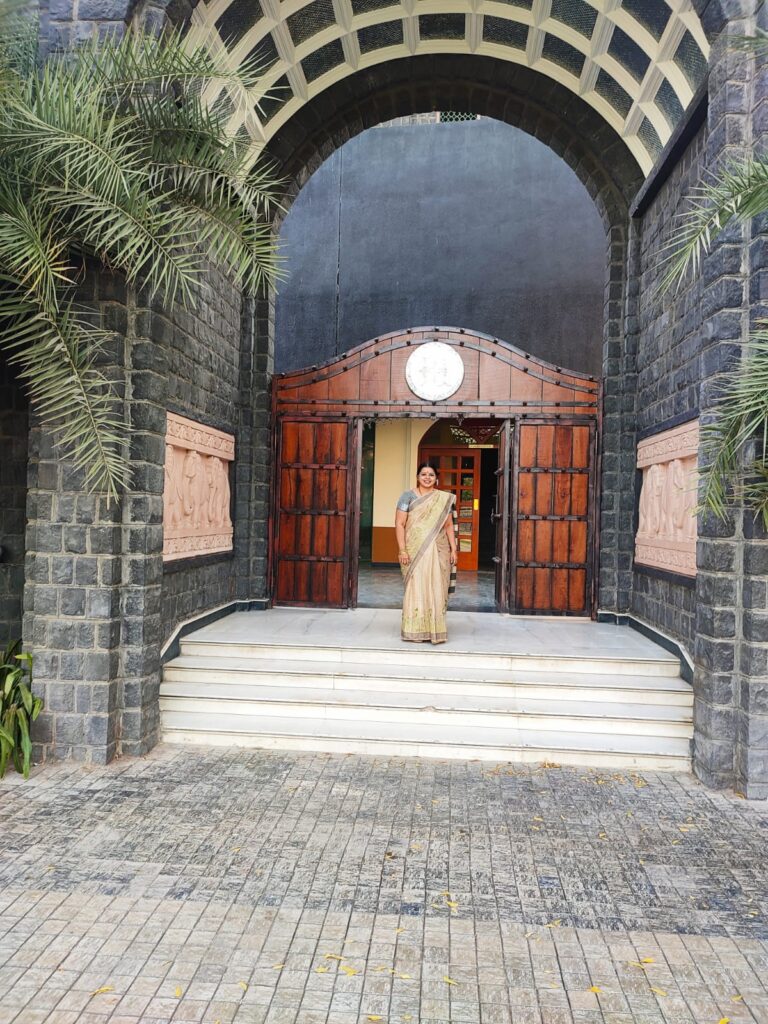
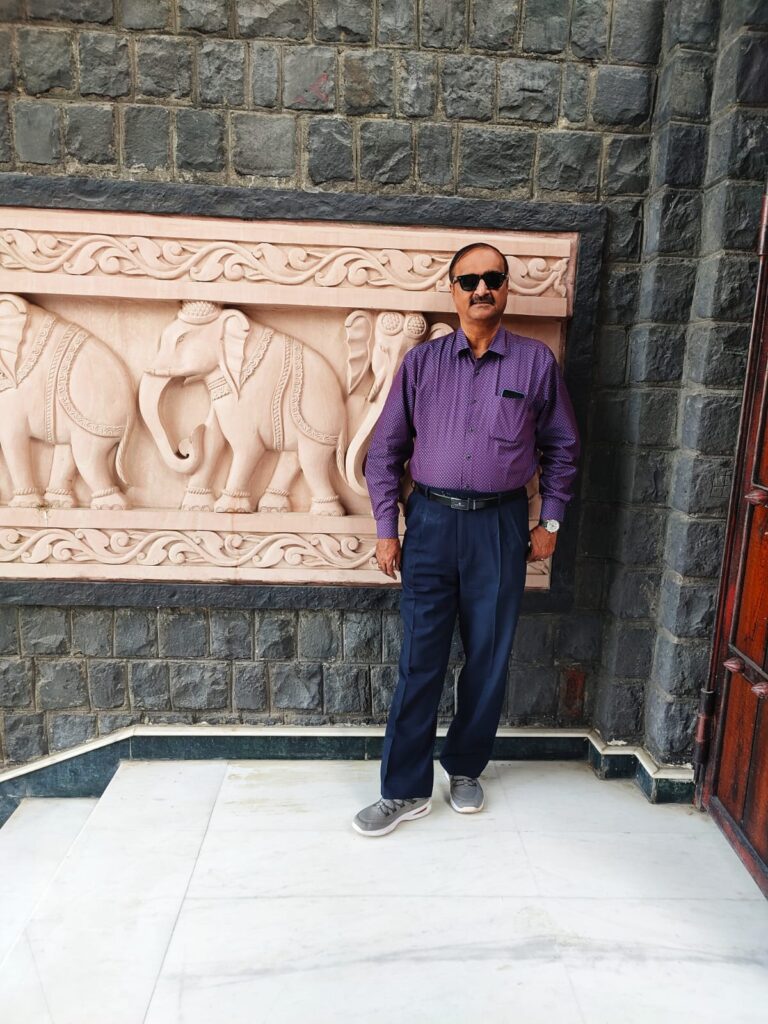
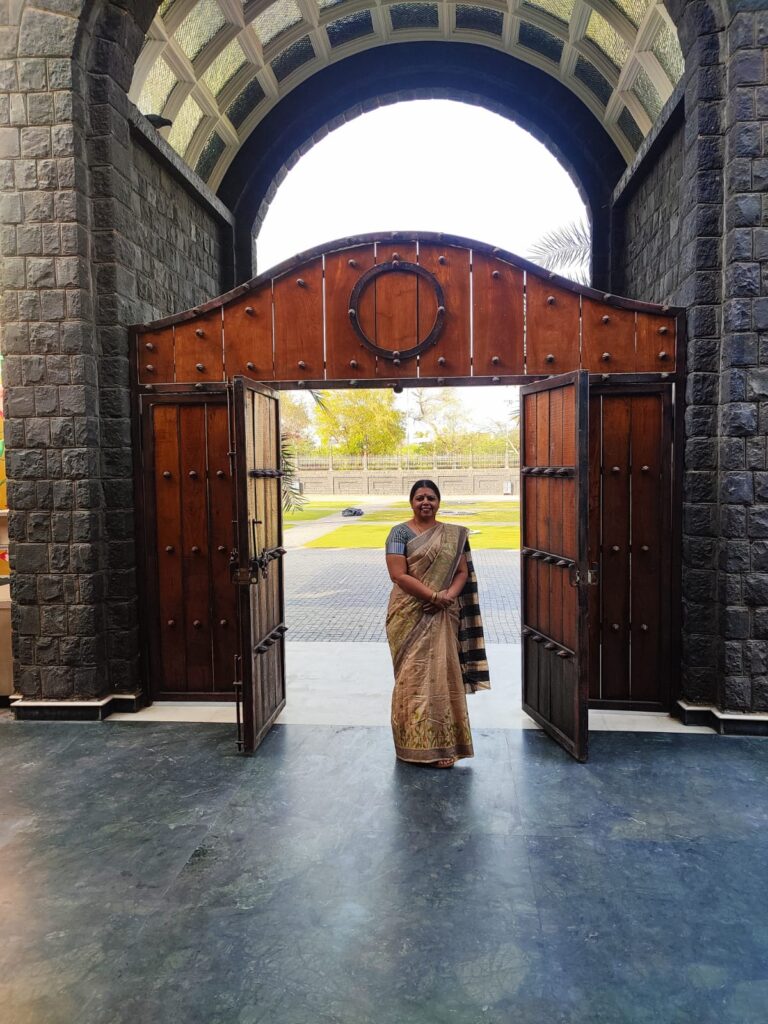
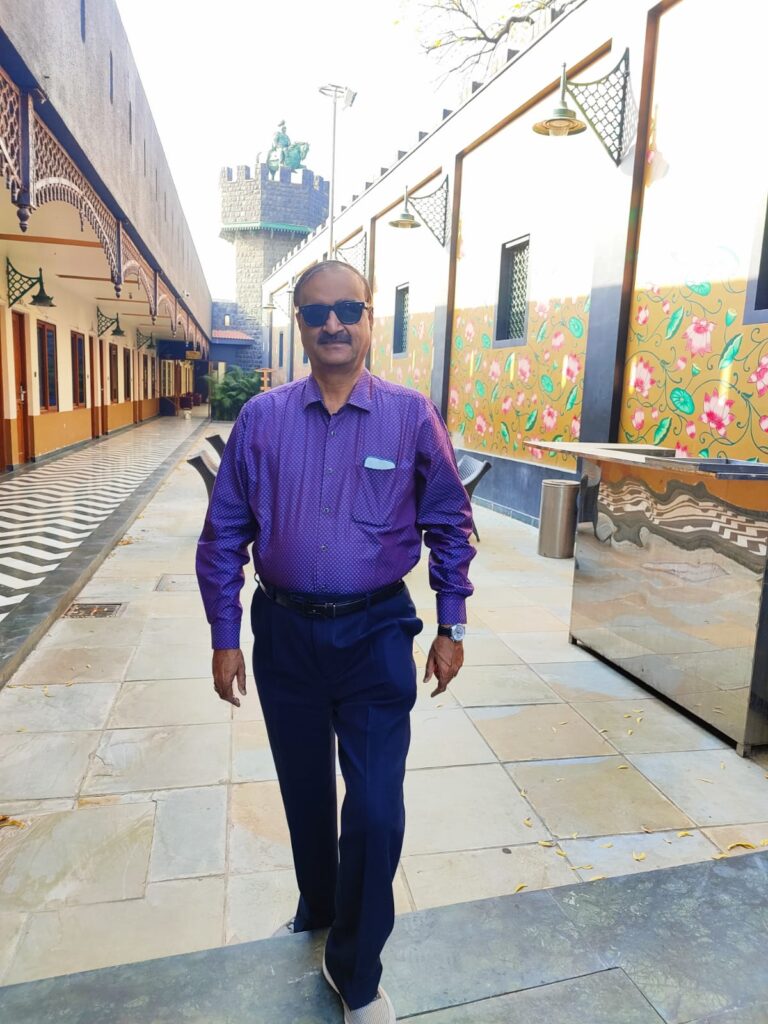
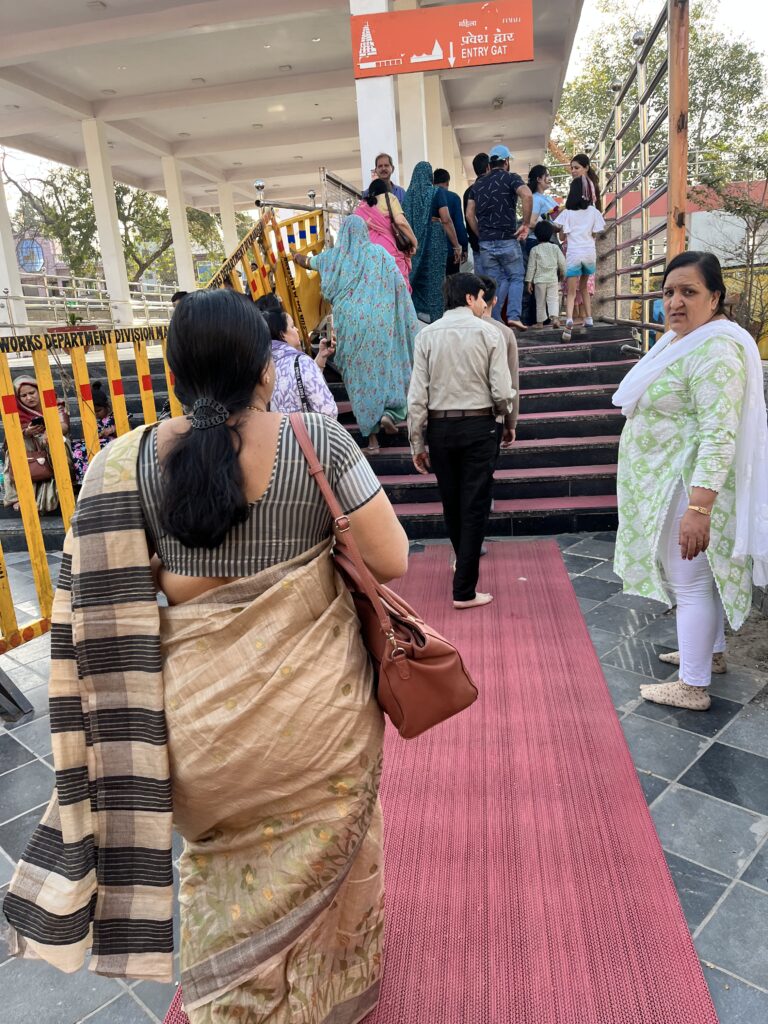
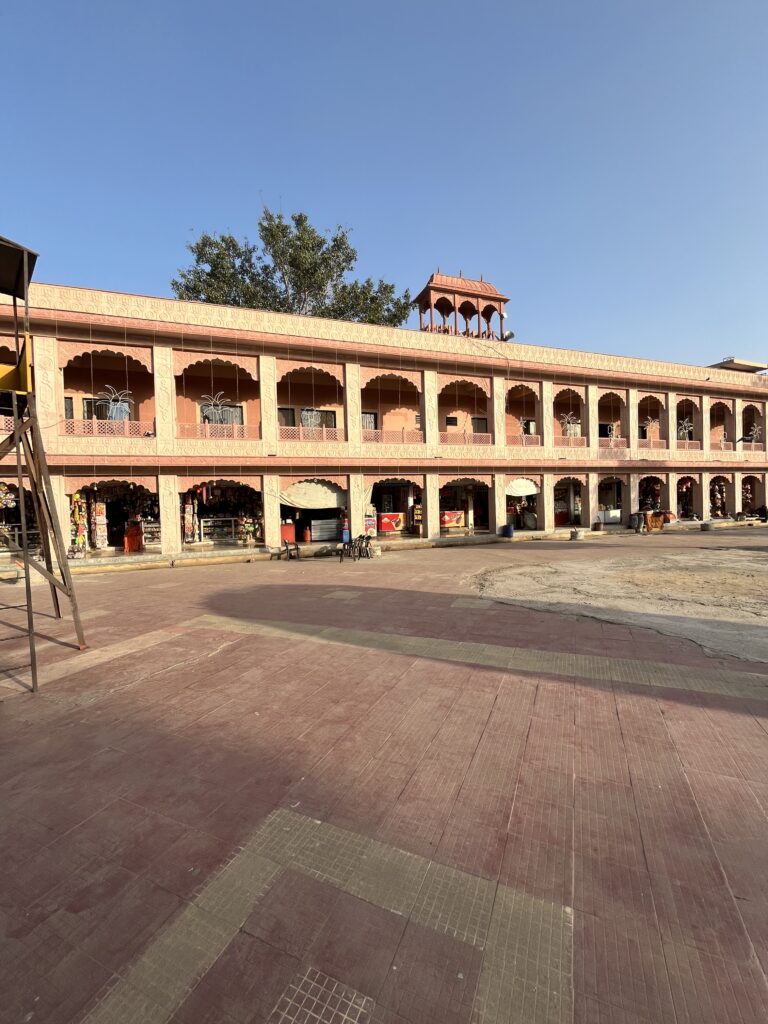


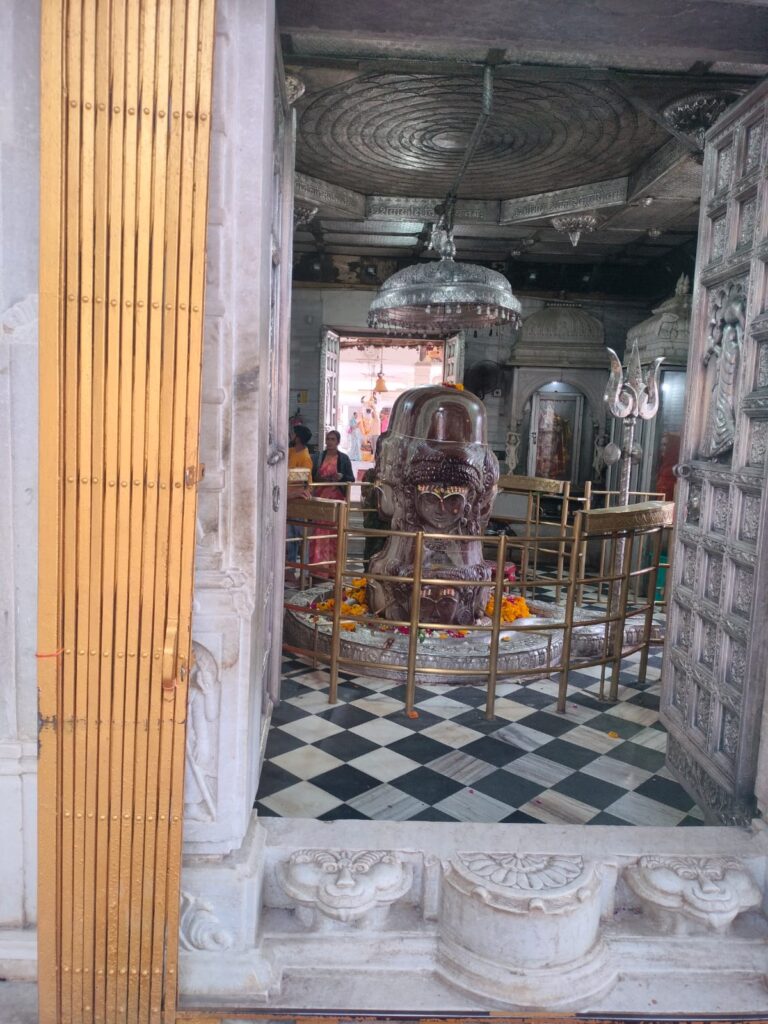

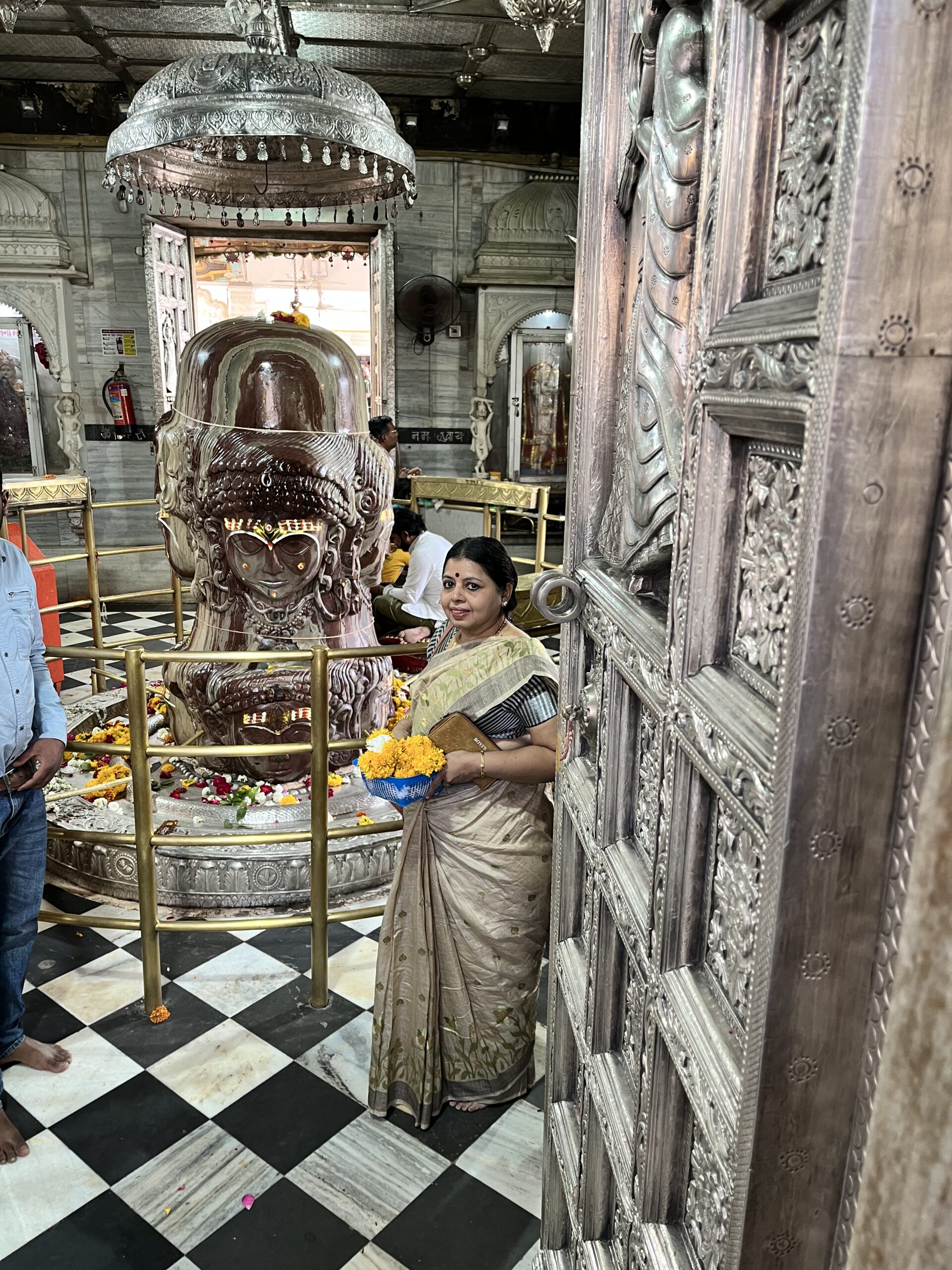
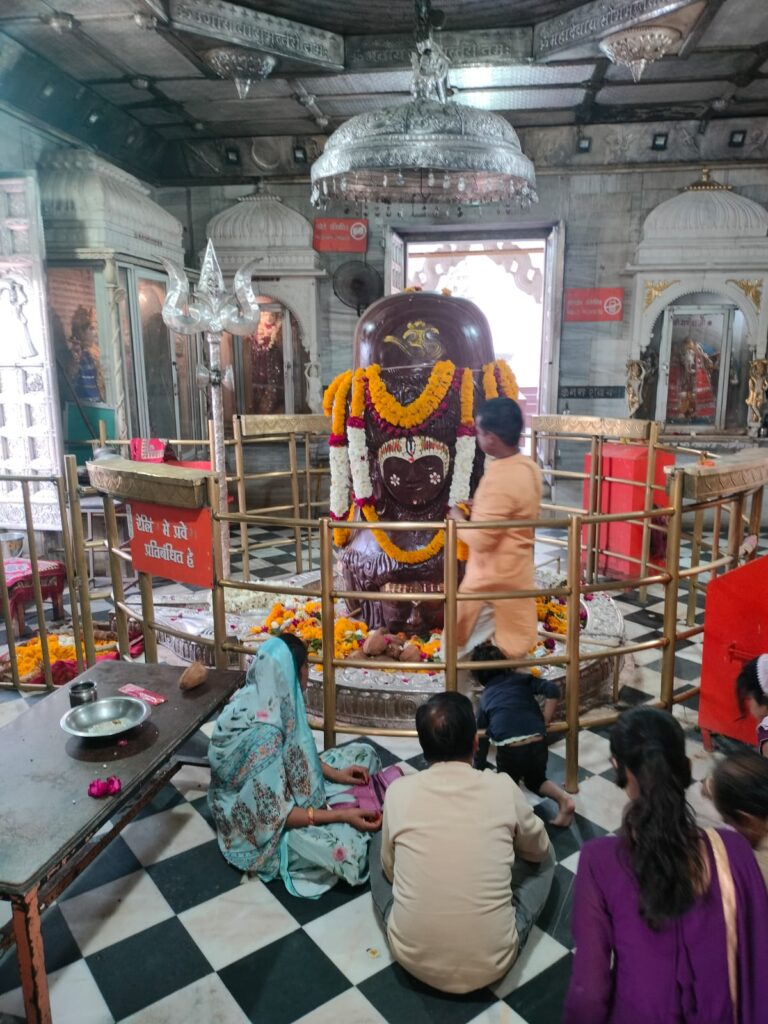

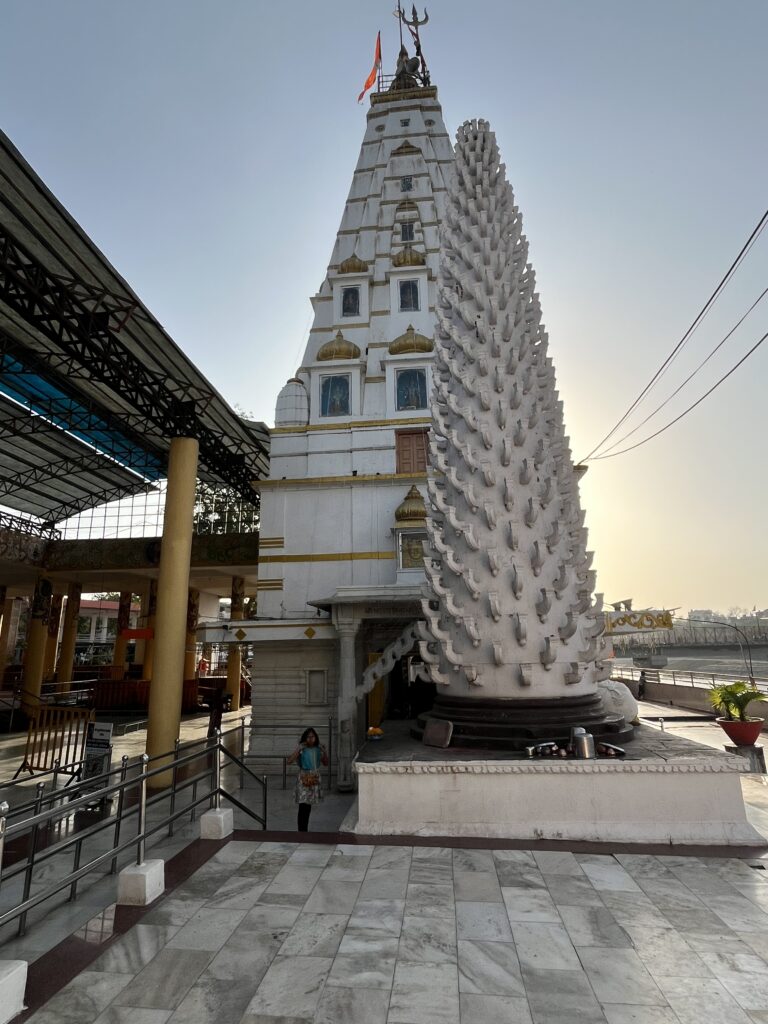


Pingback: Mini Ellora - BalasBroadcast